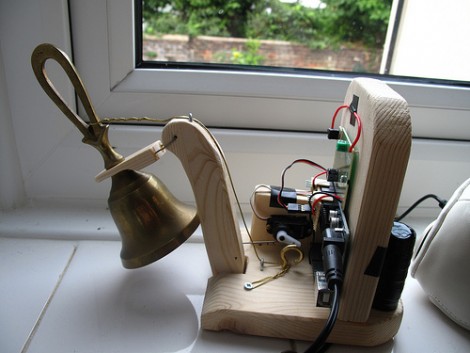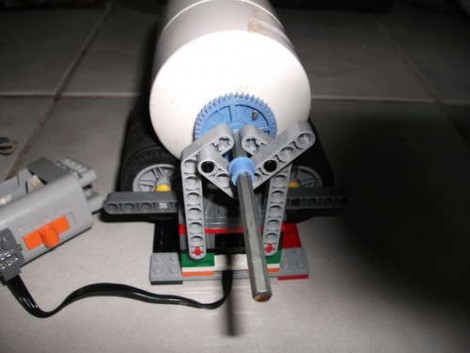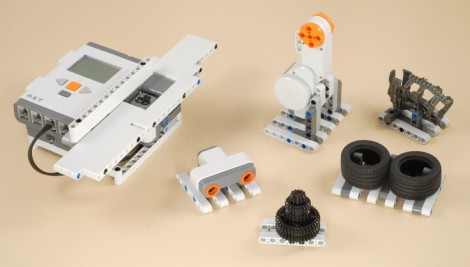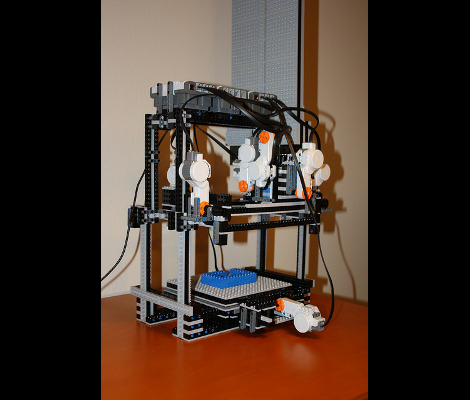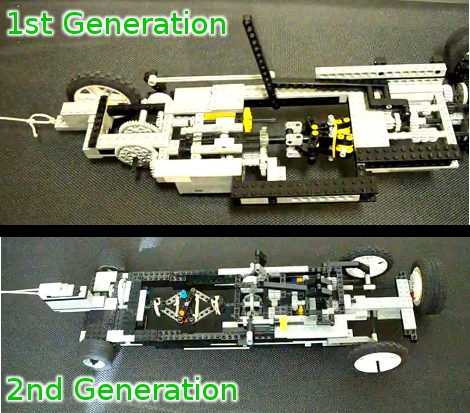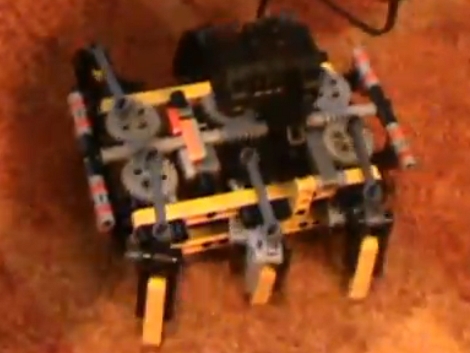
This LEGO hexapod uses just one motor for motion. In the video after the break you can see that what [Valetnin Bauer] accomplished is almost magical, using just 210 parts. A central drive shaft uses worm gears to transfer motion to each of the legs. The limb mounting technique results in a sort of rowing motion that closely mimics what you’d expect to see from a biological hexapod.
We thought this might provide some inspiration for the Buy Break Build: Santa-pede challenge. Sure, using LEGO is a lot easier than reusing Santa parts. But a lot can be accomplished with a little creativity. Another point of inspiration might be this one-motor walker that should be a snap to adapt to the challenge. Better get going, just twenty days let until the project deadline!
Continue reading “Single-motor Walker For Santa-Pede Challenge Inspiration”

